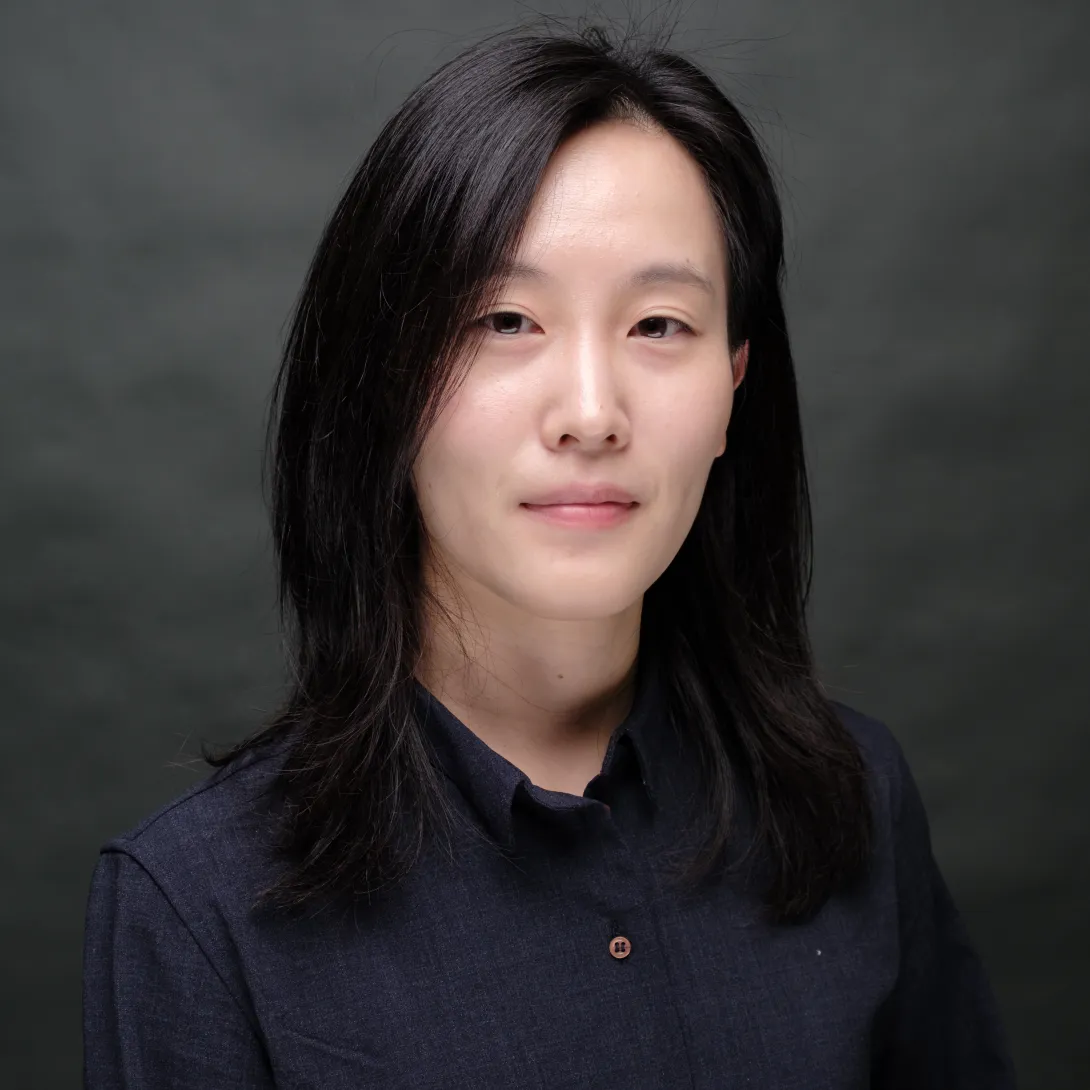
U.S. textbooks portray Asians in a limited and negative light, new study shows
Despite the instrumental role Asians have played in developing American infrastructure and institutions, they are rarely mentioned in popular U.S. history textbooks, according to a new study co-authored by Stanford researchers. Even the infrequent references tend to portray Asians and Asian Americans in a negative light, the study finds, largely in the context of war as enemies and outsiders.
Researchers used artificial intelligence to analyze each word and sentence of 30 of the most widely used U.S. history textbooks in California and Texas high schools, two states that have the highest student populations in the United States and make up the largest markets for textbook publishers.
They found that only 1 percent of sentences in the textbooks contained any mention of Asians or Asian Americans. Most of the references were related to war and foreign affairs, rather than their contributions to U.S. society.
“There’s very little discussion about Asian Americans in these textbooks, which is especially surprising for states like California and Texas, which have a huge Asian American population,” said Minju Choi, PhD ’25, who co-led the study as a doctoral student at the GSE and is now a postdoctoral research fellow at the WZB Berlin Social Science Center in Germany.

Minju Choi, PhD '25
The study also found that the sentiment of verbs used to describe Asians was markedly negative, more so than the language used to describe actions of other ethnic groups. Specifically, the researchers identified the prevalence of words like attack, invade, and threaten in connection with Asians, in contrast to verbs like begin, want, and believe used in connection with groups like Germans and the British.
“The disparity is shocking,” said Patricia Bromley, an associate professor at Stanford Graduate School of Education (GSE) and the Stanford Doerr School of Sustainability. “For Asian groups, not only did we see the dominance of the war narrative, but the language is much more aggressive, more negative. The negative sentiment is higher for Asian groups relative to other social groups, in sentences related to war and in non-war contexts.”
The study, published March 27 in the journal Educational Researcher, was co-led by Lucy Li, who earned her bachelor’s and a master’s degree in computer science from Stanford and is now a doctoral student at the University of California at Berkeley. David Bamman, an associate professor in the School of Information at UC Berkeley, is also a coauthor.
A disproportionate focus on war
While war is commonly a centerpiece in U.S. history textbooks, the researchers said, they found that the emphasis on war was far greater for Asians than for other ethnic groups. More than 45 percent of sentences mentioning Asians or Asian Americans were focused on war or conflict, compared with about 14 percent of sentences in the textbooks overall.
“That focus obscures the social history of Asians and Asian Americans, the complicated history of migration and other transnational experiences as they’re linked to militarism,” said Choi. “It also perpetuates the stereotype of Asian Americans in history as the foreign enemies.” The emphasis on “fighting” verbs in connection with Asians oversimplifies their roles into either aggressors or victims, she said.

GSE Associate Professor Patricia Bromley
The researchers also gave examples of Asians who had an important role in the history of the United States but were rarely or not mentioned in the textbooks. For one, a landmark U.S. Supreme Court decision in 1898 brought about by Chinese American Wong Kim Ark helped to establish birthright citizenship for anyone born within U.S. territory, but only one textbook in the study sample included a reference to his case. None of the textbooks mentioned Japanese American Yuri Kochiyama, an activist who played a significant part in the U.S. civil rights movement.
When historical figures were named in sentences mentioning Asians or Asian Americans, nearly two-thirds of the individuals who were named were white, the researchers found. This sentence, for example – “In fact, because most Japanese people had never seen steamships before, they thought the ships in Perry’s fleet were ‘giant dragons puffing smoke,’ ” – refers only to Matthew Perry, a white American naval commander, by name.
“Asians and Asian Americans are reduced to groups and treated quite monolithically, versus the white figures, who get to be heroic actors with power and agency as individuals,” said Bromley.
The study also found that most mentions of Asian Americans were limited to Chinese and Japanese Americans, excluding groups such as South or Southeast Asians. Filipino Americans are the third-largest Asian American group, Choi noted, but rarely appeared in the textbooks except in the context of the U.S. annexation of the Philippines.
Using AI to analyze words and sentences
The study builds on past textbook analyses led by Bromley and her collaborators, investigating how U.S. textbooks characterize different population groups such as men, women, and people of color, as well as how political movements and climate change are represented.
For this study, like some of the previous work, the researchers analyzed each word and sentence in the textbooks using natural language processing (NLP), a form of artificial intelligence that enables computers to recognize and understand text. One popular NLP method, known as topic modeling, identified the prevalence of certain topics in sentences that mention Asians and Asian Americans. Another, known as dependency parsing, identified verbs associated with Asians and Asian Americans, to analyze actions ascribed to them in the textbooks.
The researchers did not find meaningful differences between the California and Texas textbooks in terms of the prevalence and nature of references to Asians and Asian Americans, but noted that the use of computational methods to identify general patterns might not reveal more nuanced differences in ideology between the two states’ books.
For educators, the researchers suggested that supplementing textbooks with more inclusive materials could provide a broader perspective on the historical portrayal of Asians in the United States. They recommended lesson plans and teaching resources from the Stanford Program on International and Cross-Cultural Education for more representative accounts.
The limitations of existing textbooks can also provide a springboard for discussing the implications of their depiction of Asians, Bromley said. “It can be a chance to point out the omissions and the language used, to reflect with students on the meaning and creation of narratives of American national identity.”
Faculty mentioned in this article: Patricia Bromley



